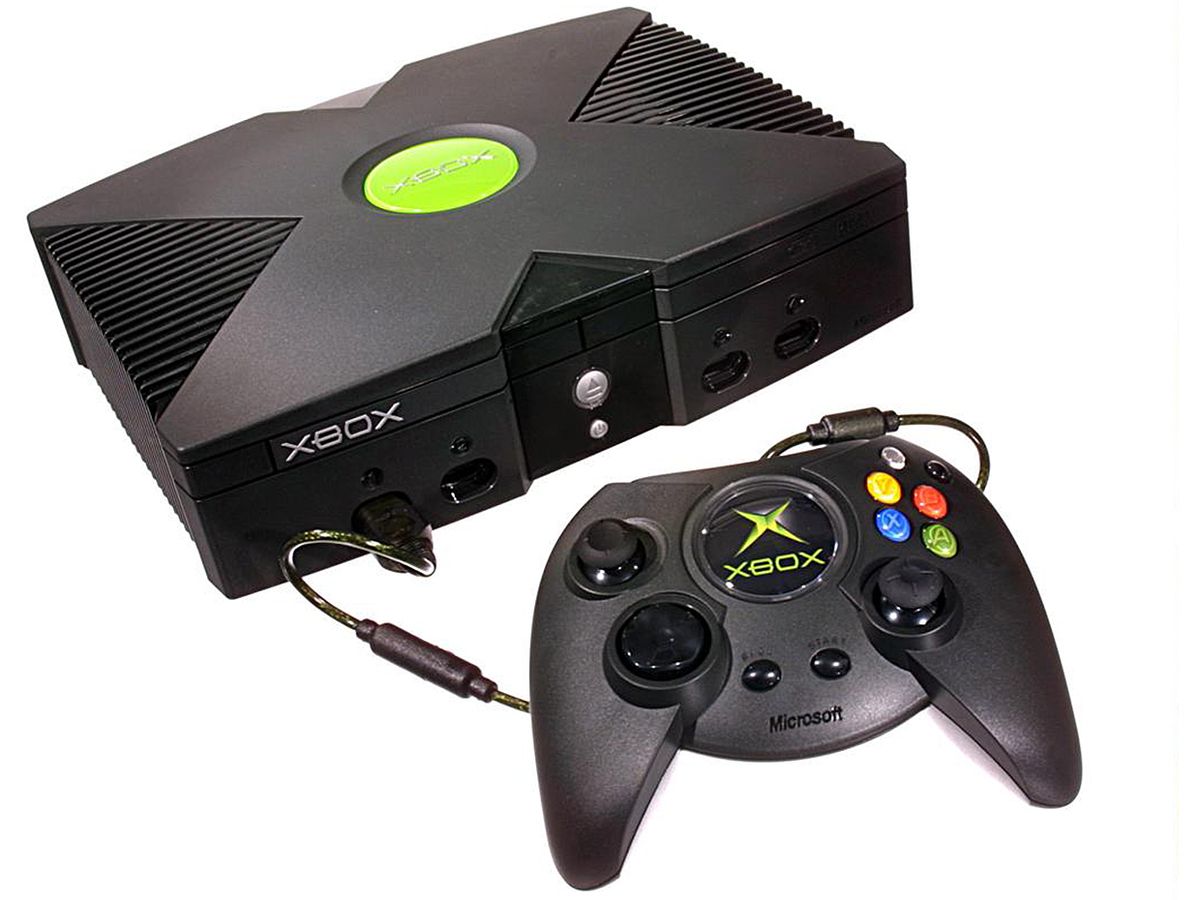The Consumer Electronics Hall of Fame: Microsoft Xbox
Xbox was a blindingly spectacular exception in Microsoft’s otherwise mostly dismal record in consumer-oriented hardware


It’s very unusual for any product category in the consumer-tech market to sustain four profitable competitors. In 2001, the year that Microsoft introduced its Xbox console, the game-systems market already had three: Nintendo, Sega, and Sony. Then, as now, Microsoft was eminent in software, but its record with hardware was woeful. The company’s failures included a grab bag of items that even tech nostalgists need to be reminded of, such as the Microsoft Mouse (1983), cordless phones (1998), and desktop speakers (1998).
Suffice it to say that in 1998 there were excellent reasons why no one would have expected Microsoft to succeed with hardware any more ambitious than the computer peripherals it had been dabbling in. That was the year Microsoft CEO Bill Gates approved a proposal to build what would be the most powerful, most feature-laden, and, quite possibly, most expensive game system when it hit the market.

Then, as now, Microsoft engineers had a bone-deep understanding of the self-reinforcing circle created when you have a common hardware platform that a) works well and b) is easy to write software for. Drawing on Microsoft’s experience with PCs, they reasoned that if developers could just jump right in, creating a game rather than investing weeks or months figuring out how to write for the system, those developers could quickly create many software titles, raising the odds that a few of them would become hits. Those successes would increase the popularity of the platform, which would draw more developers, who would write more applications for the platform—some of which would become hits, making the platform more popular. And so on.
This paradigm ruled in the world of PCs; there was no reason why it wouldn’t work for a game system. In fact, the designers concluded, it would make sense if the game system actually was a PC, or something very similar. If successful, it could ride the PC industry’s economies of scale for years to come. On the software side, not only would PC application developers be able to quickly figure out how to write for the system, but the pool of potential developers would be enormous.

Kevin Bachus, Seamus Blackley, Otto Berkes, and Ted Hase formed the nucleus of the team developing what they then referred to as the DirectX Box. They went with the PC industry standard x86 processor architecture, but elected to order a custom-designed 733-megahertz Intel “Coppermine” Pentium III (Sony’s PlayStation 2 was built around RISC processors from MIPS Computer Systems, which were commonly used in workstations). The graphics processing unit was the 233-MHz NV2A GPU from Nvidia. The designers added a CD-ROM, DVD-ROM, and a hard drive—that last item being novel for game systems at the time.
To prime the pump, Microsoft in 2000 bought game developer Bungie, then in the process of creating Halo. Bungie had made public some brief clips of Halo, but those meager glimpses stoked a fervor among gamers to get their hands on it.
In 2001, Microsoft co-introduced the Xbox and Halo. It was roughly twice as powerful as Sony’s PlayStation 2, introduced the year before. The cabinet with the sculpted X on top looked muscular. For gamers who liked first-person shooters, Halo was insane fun. The system sold out; Halo set game sales records. There have been other hit games on the Xbox, but 18 years later the Xbox/Halo combination remains one of the longest running, most successful hardware-software one-two punches in computer history.
That original Xbox processor had a single core that ran at 733 MHz. Today, gamers are looking forward to playing Halo Infinite, scheduled to come out sometime in the second half of 2019, on Xbox Ones that incorporate processors that (as of this writing) run at 2.3 gigahertz and integrate eight cores.


